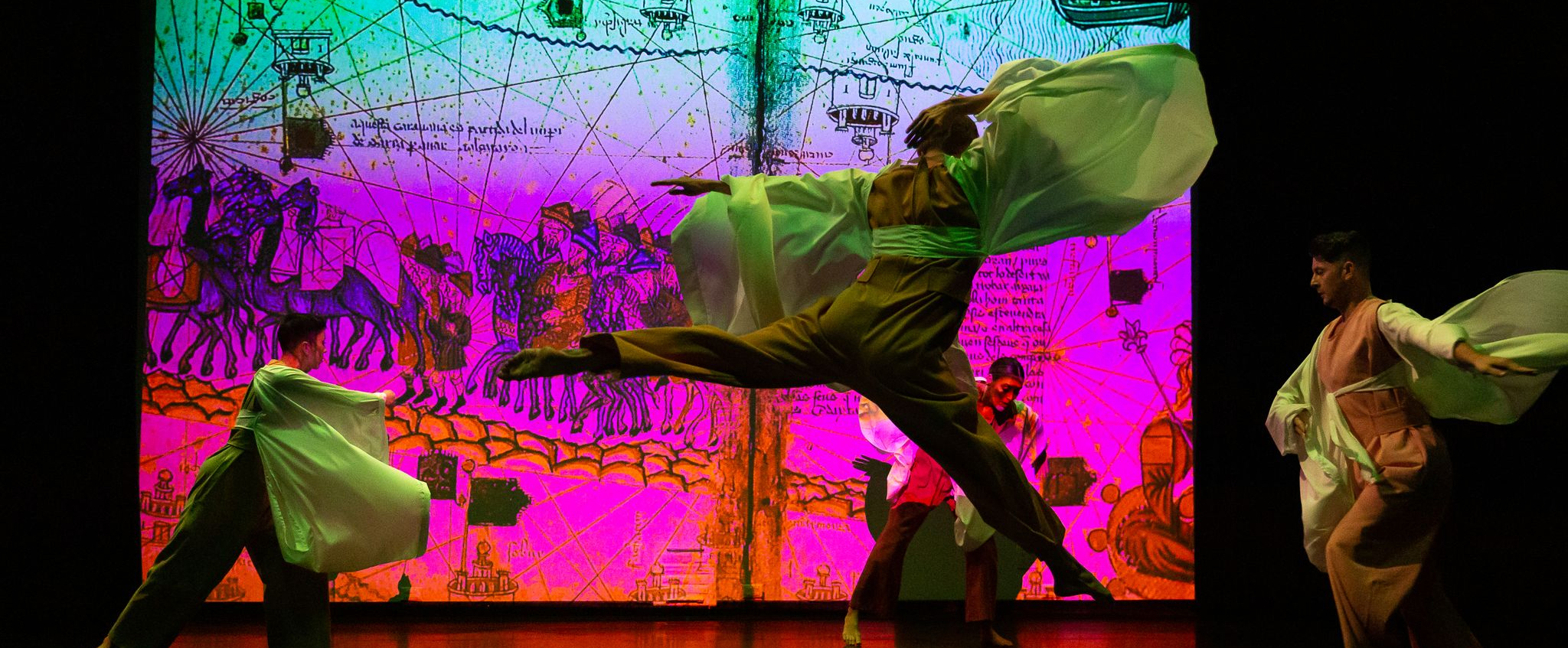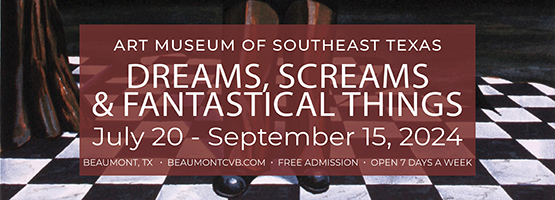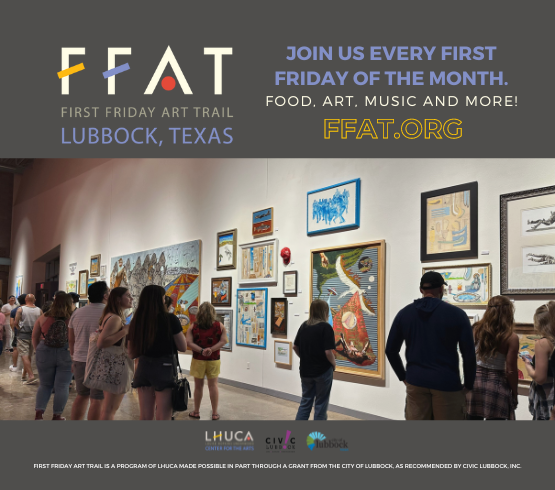A researcher—who just might be an artist—enters a university library and gains access to a rarely viewed archive. Following clues from journal entries, the researcher digs in, until he unearths an exquisite theatrical treasure, a mostly-forgotten, unfinished play by master American playwright, Thornton Wilder. He begins to read, but then a shift occurs. He loses his footing in time and reality and falls. Plunging deep into the story, the researcher becomes the face of its protagonist and finds himself on a journey of Wilder’s creation.
I saw an early workshop of The Emporium at the Alley All New festival in 2022, and found myself thinking about several artists I had interviewed who do extensive research as a part of their creation process. For these artists, research inspires and sometimes becomes the foundation for building a new work. I wondered if Lynn’s frame around Wilder’s play wasn’t a kind of metaphor for that exploration into another world so that they could create something new.
Inspired myself, I decided to go on my own research journey, through interviews to better understand the research process in art-making.
Audiences and viewers caught up in the beauty of a performance or visual artwork might have some romantic notion of the artist creating alone fueled only by imagination, but the artistic process is work. Many times that work requires research. In fact, for the artists I asked, most began using research as a fundamental part of their process early in their careers.
Karen Stokes, founder of Karen Stokes Dance, traces her research process in dance-making back to her graduate studies and a project at UCLA creating a work inspired by “a Machiavellian round table game—a ‘who did it’ about murdering a neighbor.” This game led her to Eastern European poetry to cold world politics to “merging history and poetry with dance,” though she gives additional credit for her interest to her historian father.
As a double dance and comparative literature major in college, Open Dance Project artistic director Annie Arnoult says she integrated her love of research when she began creating immersive dance theater. Arnoult’s company has become one of the preeminent immersive performing arts companies in Texas.
“I’ve always been fascinated by the history of art and literature – particularly personal histories of artists and how “place” plays a causal role in people’s lives. From the very beginning, I’ve been interested in dancing “the real” rather than “the abstract,” even, and maybe especially, where art and artists are concerned,” explains Arnoult.

1 ⁄ 11
Dance performance facilitated by Danielle Georgiou at Mudhouse Residency in Crete. Photo by Jaime Borschuk.
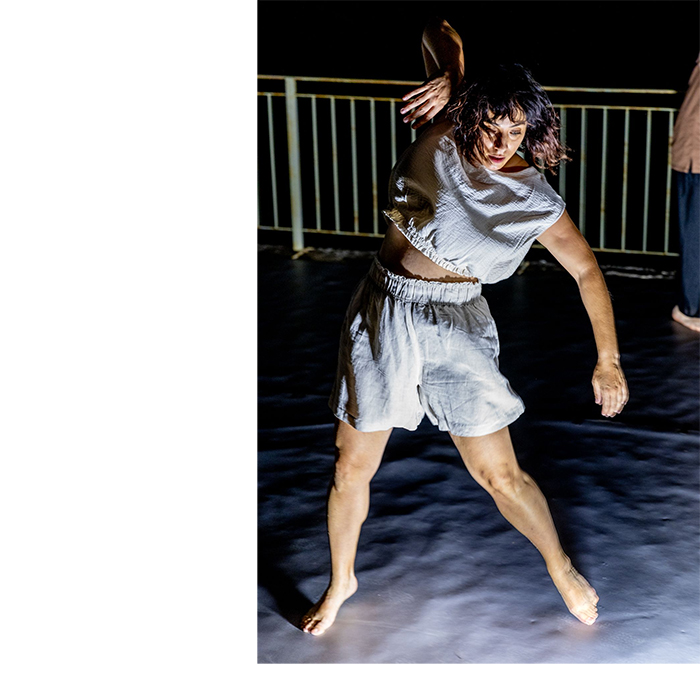
2 ⁄ 11
Danielle Georgiou performing at the Mudhouse Residency in Crete. Photo by Jaime Borschuk.
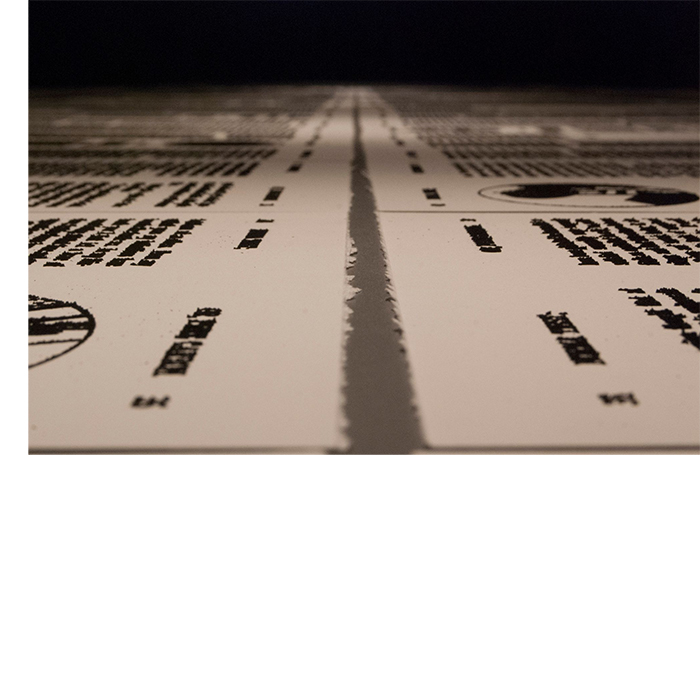
3⁄ 11
Nick Vaughan & Margolin, 50 States Texas 2016, 02, unfixed graphite powder and paper, dimensions variable, (Detail from Center).

4 ⁄11
Installation Image of Nick Vaughan & Jake Margolin at McClain Gallery, May 6 – July 29, 2023. Photo by Allyson Huntsman, courtesy of McClain Gallery.

5 ⁄11
Nick Vaughan & Margolin, 50 States Texas 2016, 04, unfixed graphite powder and paper, dimensions variable (Chapter 03)
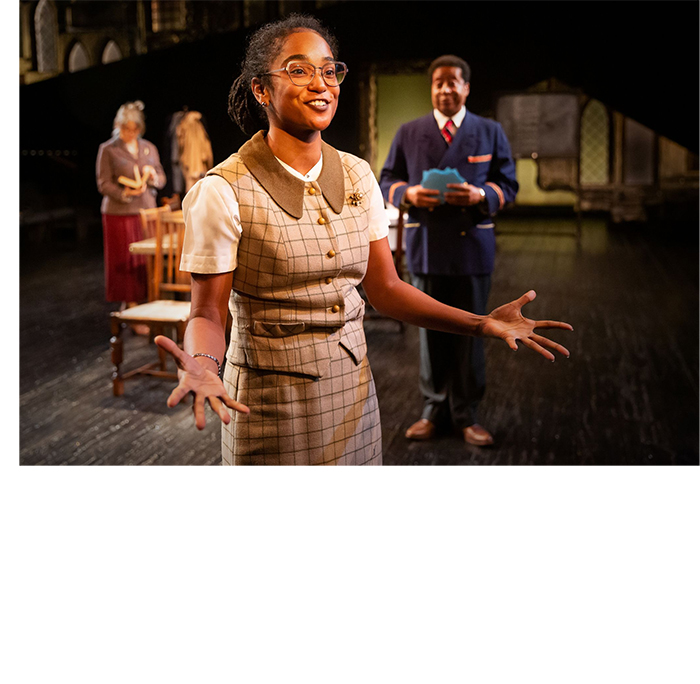
6 ⁄11
Shawn Sides, Raven Justine Troup, and David Rainey in Alley Theatre’s Alley All New Festival workshop of Thornton Wilder’s The Emporium, completed by Kirk Lynn. Photo by Lynn Lane.
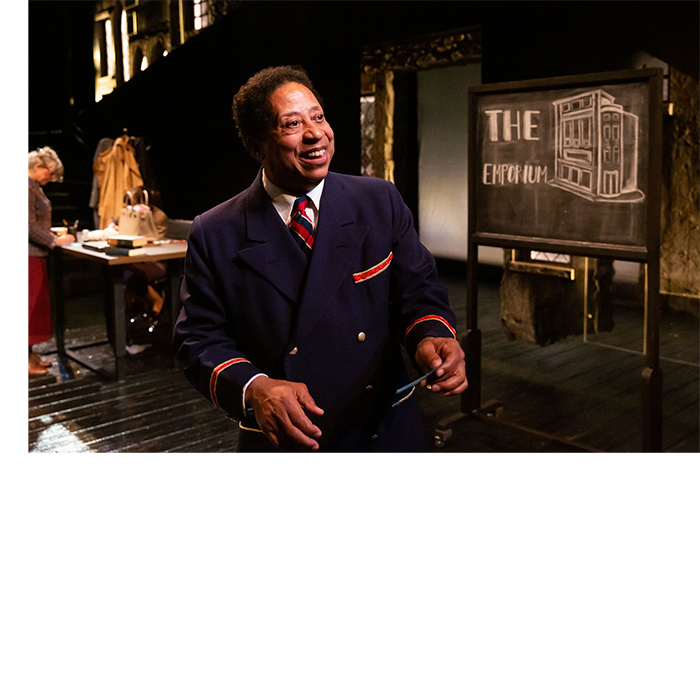
7 ⁄11
David Rainey in Alley Theatre’s Alley All New Festival workshop of Thornton Wilder’s The Emporium, completed by Kirk Lynn. Photo by Lynn Lane.

8 ⁄11
Karen Stokes Dance in Mapping and Glaciers. Photo by Lynn Lane.
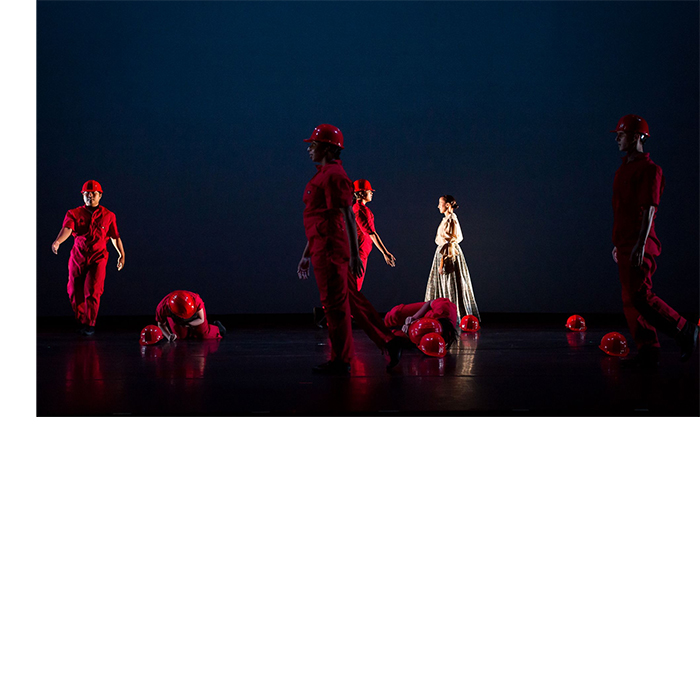
9 ⁄11
Karen Stokes Dance in DEEP Seaspace. Photo by Lynn Lane.

10 ⁄11
Cameo Reneé and Madelyn Manlove in Open Dance Project’s 1968. Photo by Lynn Lane.
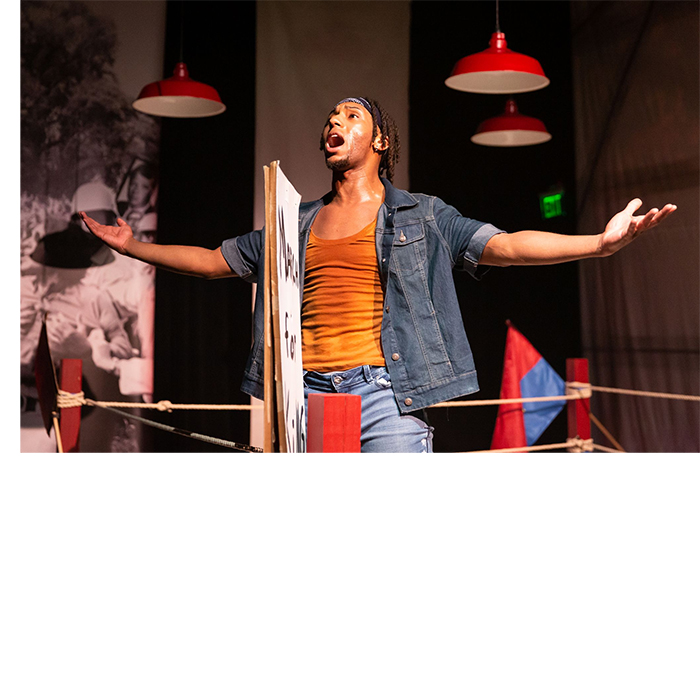
11 ⁄11
Brenden Winkfield in Open Dance Project’s 1968. Photo by Lynn Lane.
“Using research to make narrative-based work was part of both our worlds before we started making visual art together,” describes Vaughan and Margolin.
Of course, most of the artists have varying definitions of what it means to do research, citing examples of trips to university libraries to interviews to experiments in the studio.
“My research can be intimate, conducting interviews with artists and collaborators and spending time in the studio with my body as a tool of investigation, as well as more formal approaches in texts,” says Georgiou, who holds a Ph.D. in Aesthetic Studies. She recently returned to Dallas after a residency in Crete.
“I was researching traditional dances from Greek islands, learning them, and then applying newly acquired physical vocabulary to experimental dance, dance for video, and installation work,” she describes of the project.
For their research, Vaughan and Margolin might find themselves hiking the wilderness around a historic landmark, or attending a drag show or interviewing members of a small town queer community just as easily as digging through the archives at a university library.
Stokes also uses a mixture of traditional forms of research and personal interviews.
“In 2015, I did oral history interviews with a group of Houston Ship Channel pilots and the astronaut Steve Bowen in shaping the multi-phased project DEEP: Seaspace. These interviews were a deeply satisfying and inspirational process, and were fundamental to the initiative,” she describes, but adds that other phases of the DEEP project required trips to the Houston Ship Channel and spending “pleasurable research hours reviewing slides and documents regarding Houston at the Special Collection Archives at the University of Houston MD Anderson library.”
Arnoult finds herself exploring the general history of a period that particularly interests her, but many of her immersive dance projects are built from her research on specific people and events.
“What I’m really interested in is the first person material: Valeska Gert’s film recordings of her solos; Bobby Kennedy’s impromptu speeches; the letters between O’Keeffe and Stieglitz; the notes and sketches by Woody Guthrie next to his lyrics; the phone calls between Nixon and Johnson; the personal photographs taken by students in Grant Park before the riots broke out during the Democratic Convention of ’68.”
When working on a solo project, Lynn does reading based-research, but as a member of the Austin theater collective the Rude Mechs, he says they usually have some researched “central document” they build from that can be anything from punk music to The Brothers Karamazov.
Lynn had seen Our Town countless times, but attending a production in New York that used the original rehearsal script rocked his world and sent him on a quest to read everything Wilder ever wrote. Coincidentally, Lynn has an annual guest artist stint at Yale University which houses Wilder’s papers. Lynn says that discovery moment in the workshop production of The Emporium that I saw mimics that feeling of wonder he felt when first finding Wilder’s hand-written draft pages of the play.
Vaughan and Margolin’s mammoth 50 State Project began when doing research on a single installation and they happened upon a book by UC Berkeley archivist about a gay pleasure excursion in the Rocky Mountains in 1843.
“Reading that book inspired us to retrace the journey described in it, and this experience—driving and walking through the landscapes described, 170 years after these gay men traversed it—both compelled us to make a life’s work out of immersing ourselves in similar queer histories from all 50 States.”
Stokes recounts how research sent her on multiple directions and discoveries for her most recent complete dance project, Mapping & Glaciers.
“The initial embodied research challenge was to create movement using 2-dimensional line drawings to define 3-D movement, tracing designs space with body parts. This exploration of movement-mapping led to cartography research at the University of Houston library. Cartography research led to overarching conceptual ideas of current socio-political trends relating to mapping boundaries,” she explains, adding that research led her to discovering the right music for the different sections of the piece.
Arnoult, who usually takes the entire summer to do research for her next immersive dance production, might sum up that serendipity best.
“I am very intuitive about the research—letting one bit of information lead me down a rabbit hole to another bit of information which then pivots me into a new direction of inquiry. It’s a very solitary, personal, private time for me where I get to indulge in learning as much as I possibly can about the person at the heart of the piece.”
The Emporium will have its official world premiere at the Alley Theatre in May 2024, and Lynn says though he has done rewrites, that opening scene remains his original creation to enter Wilder’s play. By writing his own frame for The Emporium and creating a researcher character that transforms into Wilder’s protagonist, he gives the audience a peek at the research process, the work done behind the magic of creation. I asked him why make that narrative choice.
“To me it’s more interesting to share with the audience that this play has been found and never been seen before and here’s why, than just to have the play happen,” later adding “I think there’s a kind of artist that wants to disappear and that we forget we’re even watching a play. But I think researchers want to remind us that there’s a lot of work involved. I think in a strange way that’s hopeful.”
—TARRA GAINES

